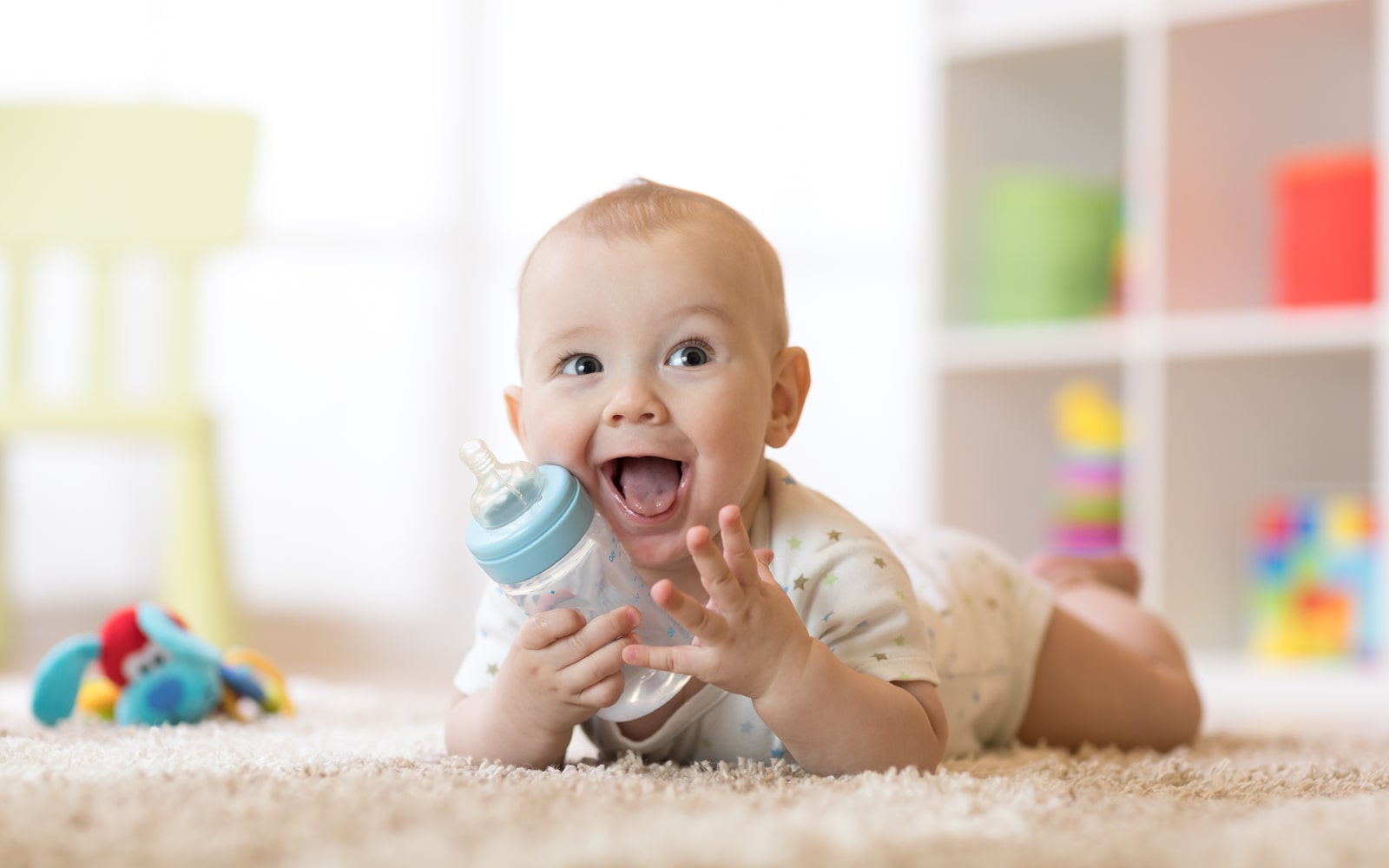The presence of plastic in the world’s waters is a well-known problem. Every year we see more and more wildlife becoming trapped in rings from cans or arriving with straws stuck in their noses. This has led to many people striving to make changes in their habits. They also strive to grow their understanding of our impact on the world. While this has led to thousands changing their buying habits and moving towards low-packaging products, there’s an unseen concern. Plastic baby bottles are frequently preferred over glass ones for many reasons. Their lightweight design, easy cleaning, and inexpensive nature mean they’re safe and obtainable. However, there may be a hidden danger for our children.
Baby Bottles and Microplastics – A Hidden Danger?
Plastics are generally safe, and the plastic used in baby bottles is intended to be heated and cooled repeatedly. However, ongoing studies have shown that this process of heating the bottle may be releasing microplastics into the contents. As the name implies, microplastics are minute particles of plastic that can’t be seen with the naked eye. They’re found in nearly every water supply on Earth today and can be found abundantly in ocean waters.
This abundance of microplastics in the ocean is the result of the wave action slowly causing the plastic to break down. Unlike biological substances, these broken-down plastics remain plastic, just in particles of incredibly small size. Once in the water, they find their way onto beaches, into fish. Generally, anything that comes into contact with the ocean will contain microplastics. They appear in your drinking water and in the container, you warm your child’s meal in. They then pass into your child’s system.
The potential risks of microplastics are largely unknown. There have been abundant studies that reveal the presence of microplastics in children. They reveal that over 1.5 million microplastic particles are consumed by children every day. They don’t reveal the potential long-term impacts of the consumption of these particles. While it’s unknown to what degree these microplastics may be causing harm, there are ways to limit your baby’s intake:
- Ensure that any water they consume has been filtered through a water filter.
- Heat their food outside of the bottle in a metal or glass container.
- Don’t let them drink bathwater when bathing them.
It may take years before the impact of consuming microplastics is fully understood. For now, it’s important to take precautions to ensure you minimize their presence in your child’s food.
Consult With Your Pediatric Physician For More Info
Your physician is going to be the first source of information about potential health hazards like microplastics. When new information about this topic is released, it’s going to be the medical community that hears it first. Communicating with your pediatrician ensures that you have the latest information and are receiving informed guidance about your child’s health. Consider arranging a consultation with them today. During your visit, explain your concerns and ensure that any questions you have are answered. There’s no such thing as having an overabundance of caution with our children.





